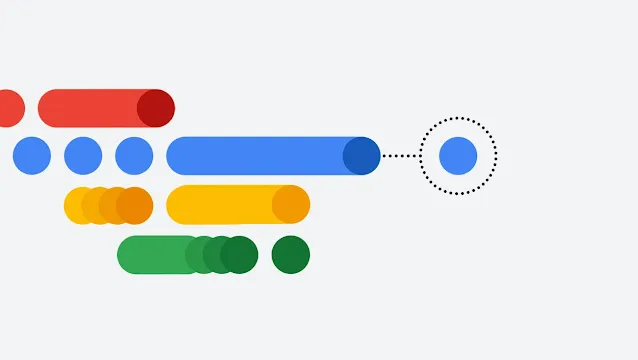How to Use the New Features of AI for Developers and Google Workspace
PaLM API & MakerSuite: Build with Google’s best language models
One of the new features of AI for developers is the PaLM API, which stands for Pre-trained Language Model API. This is an easy and safe way to access Google’s best language models, such as PaLM itself, which is a large-scale neural network that can generate natural language texts based on a given input or context. The PaLM API allows you to use these models for various applications such as content generation, chatbots, natural language understanding and more.
To help you quickly prototype your ideas with generative AI, Google also provides an intuitive tool called MakerSuite. MakerSuite lets you interact with the PaLM API through a graphical interface where you can enter prompts, see generated outputs, adjust parameters and test different scenarios. You can also use MakerSuite to perform prompt engineering, synthetic data generation and custom-model tuning — all supported by robust safety tools.
The PaLM API and MakerSuite are currently available in Private Preview for select developers. You can sign up for the waitlist here (link).
Generative AI support in Vertex AI: Customize your own models and apps
Another new feature of AI for developers is the generative AI support in Vertex AI. Vertex AI is Google Cloud’s platform for building and deploying machine learning models and AI applications at scale. With generative AI support, you can now access foundation models from Google Cloud that can generate text and images based on your inputs. You can also customize these models using AutoML or TensorFlow to suit your specific needs.
In addition to foundation models, Vertex AI also offers a Generative AI App Builder that lets you create your own apps using preset templates. For example, you can use the app builder to create a custom search engine that generates relevant results based on natural language queries; or a digital assistant that generates personalized responses based on user preferences; or a chatbot that generates engaging conversations based on user inputs.
The generative AI support in Vertex AI is currently available in Beta for all customers. You can learn more about it here (link).
New features in Google Workspace: Create, connect and collaborate with generative
AI Finally, one of the most exciting new features of AI for Google Workspace users is the introduction of generative AI-powered features in Docs and Gmail. These features help you harness the power of generative AI to create content faster and easier, as well as communicate more effectively with others.
For example, in Docs, you can now use Smart Compose to generate documents from scratch based on simple prompts such as “generate a sales pitch” or “write an introduction”. You can also use Smart Rewrite to edit your documents according to different styles or tones such as formal or concise. Moreover, you can use Smart Summary to generate concise summaries of long documents or web pages.
In Gmail, you can now use Smart Reply to generate relevant responses to emails based on their context and tone. You can also use Smart Compose to generate complete emails based on simple prompts such as “schedule a meeting” or “follow up with a client”. Furthermore, you can use Smart Suggest to generate suggestions for actions or attachments based on your email content.
These new features in Google Workspace are currently available in Preview for select customers. You can sign up for early access here (link).
Conclusion: Generative AI is changing how we interact with technology
Generative AI is one of the most exciting developments in artificial intelligence today. It has the potential to transform how we create, connect and collaborate with technology. Google’s new features of AI for developers and Google Workspace are just some examples of how generative AI can help us be more productive and creative. If you want to learn more about these features or try them out yourself, visit this page (link).
FAQs about AI for Developers and Google Workspace
Q: What is PaLM API and MakerSuite?
A: PaLM API is a new API that allows developers to access Google’s best language models, such as PaLM, which can generate natural language texts based on a given input or context. MakerSuite is an intuitive tool that lets developers quickly prototype ideas with generative AI using the PaLM API. Both products are currently available in Private Preview for select developers.
Q: What is Vertex AI and Generative AI App Builder?
A: Vertex AI is Google Cloud’s platform for building and deploying machine learning models and AI applications at scale. Generative AI App Builder is a new feature that lets users create their own apps using preset templates that leverage generative AI models from Google Cloud. For example, users can create a custom search engine, a digital assistant or a chatbot using generative AI.
Q: What are the new features of AI for Google Workspace?
A: The new features of AI for Google Workspace are generative AI-powered features in Docs and Gmail that help users create, connect and collaborate with generative AI. For example, users can use Smart Compose to generate documents or emails from scratch based on simple prompts; Smart Rewrite to edit their documents according to different styles or tones; Smart Summary to generate concise summaries of long documents or web pages; Smart Reply to generate relevant responses to emails based on their context and tone; and Smart Suggest to generate suggestions for actions or attachments based on their email content.







